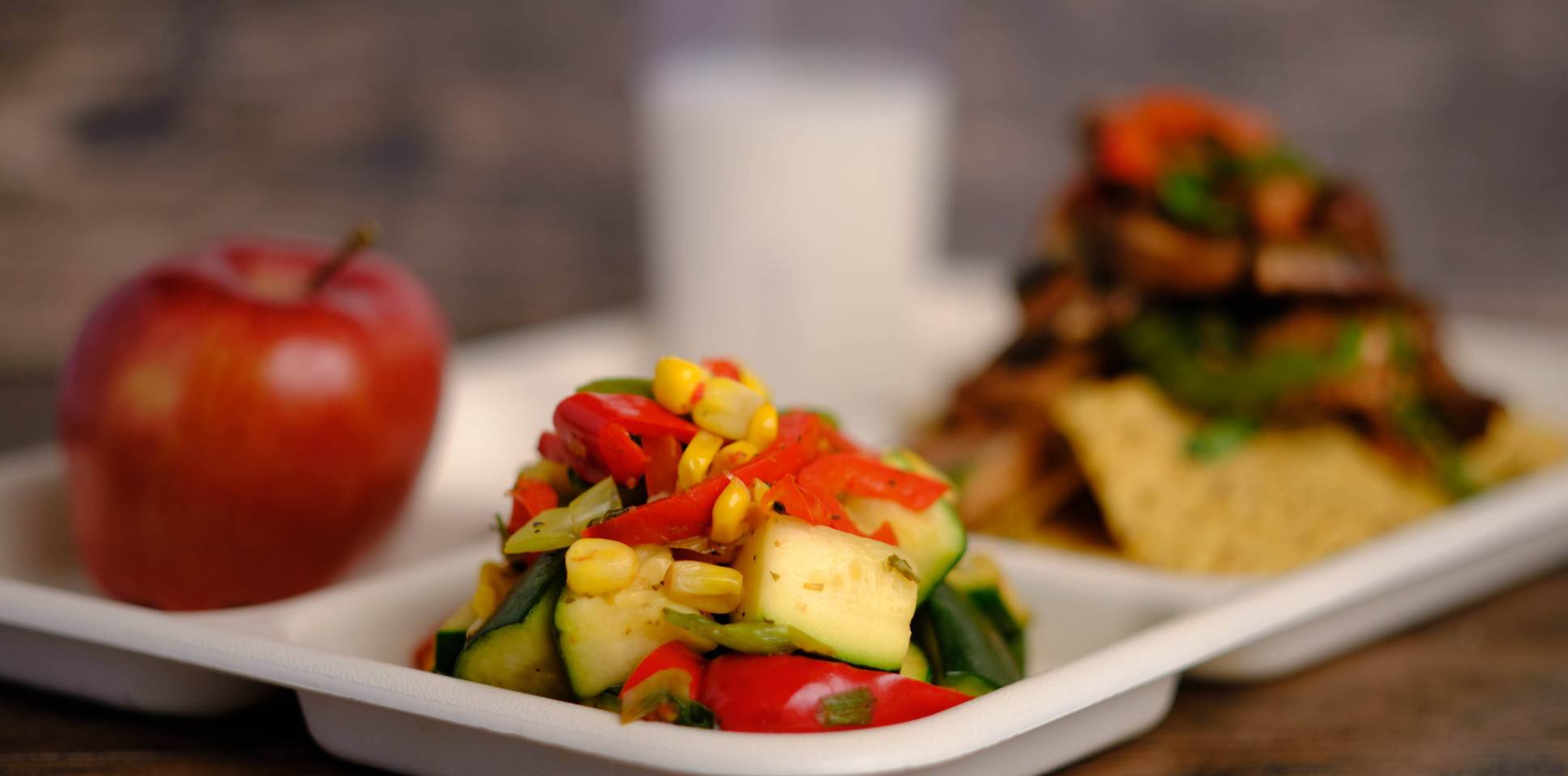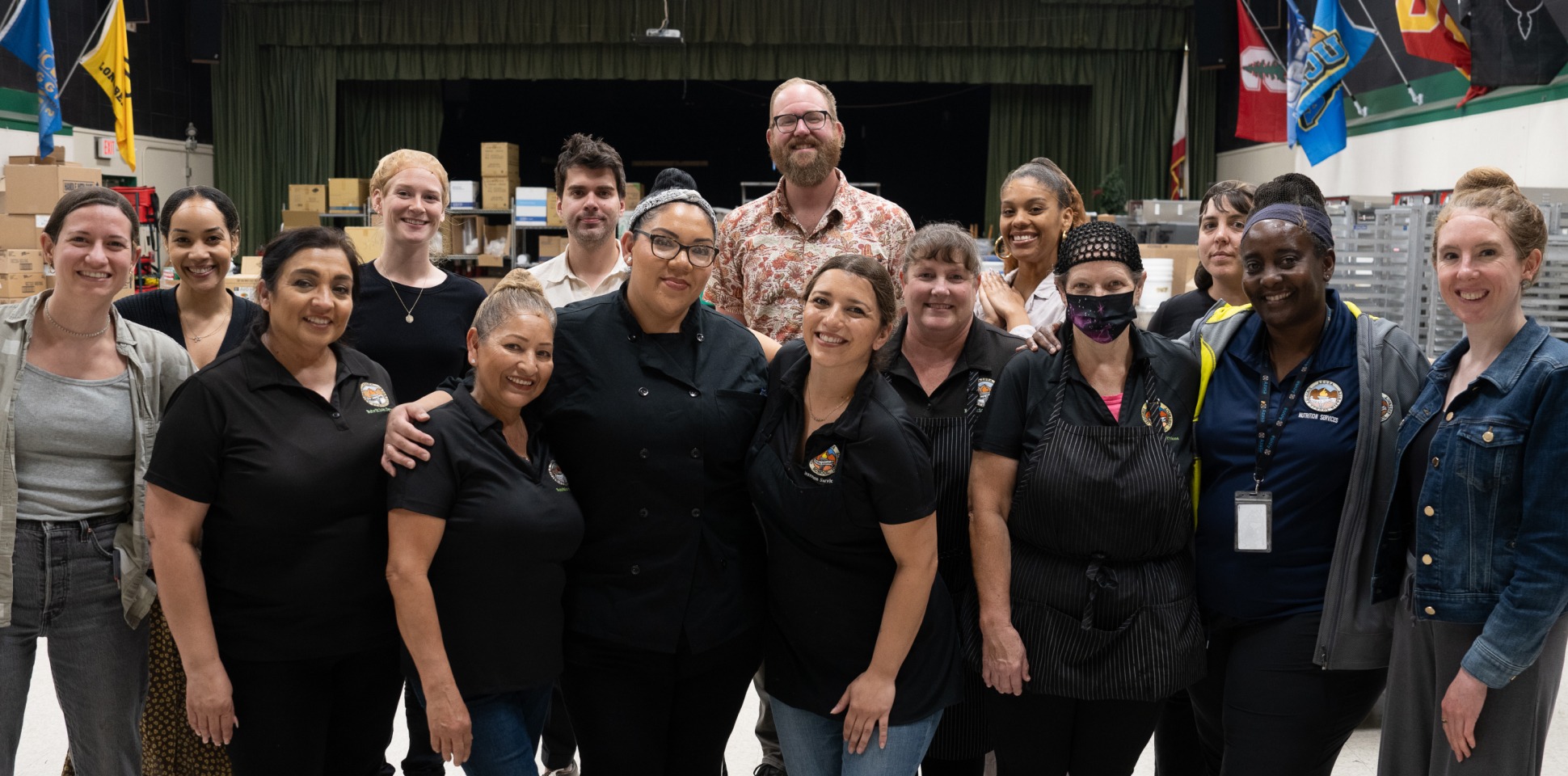Welcome to the second edition of California Voices! Parents, teachers, dietitians and others are taking to social media to share how School Food Professionals are transforming school food for the better and supporting students across California. Here’s what they’ve been saying.
Teacher Trayvon Thompson
Trayvon Thompson sees the powerful effects of healthy, nutritious school food on his students firsthand. They have more energy, focus and are overall happier to be in the classroom.
Mother Jennifer Parra
Jennifer Parra loves being able to rely on School Food Professionals to make healthy and delicious meals like chicken and broccoli for her children. She applauds California’s School Food Professionals working to use fresher ingredients and incorporate more scratch cooking.
Dietitian Carrie Gabriel
Carrie Gabriel remembers how food impacted her mental health as a middle school student, and she’s encouraged to see School Food Professionals prioritize nourishing foods to support California students’ wellness.
Teacher and Mother Maya Lê
Maya Lê, an educator who is passionate about sharing reading resources and stories, loves seeing her students get excited about their school gardens. They’re able to connect with the natural world, learn gardening skills and are proud to see School Food Professionals incorporate the fresh produce they grew into their school meals.
School District Employee and Mother Elizabeth Flores
Elizabeth Flores, a California school district employee, was raised by a School Food Professional. She saw the dedication and skill that went into not only cooking school meals, but also menu planning and preparation. With two school-age children, she’s excited to see the progress toward quality, taste and healthy options that School Food Professionals continue to make across the state.
See for yourself what all the buzz is about and join the conversation with #CASchoolFoodPros and #PoweredBySchoolFoodPros on Instagram, TikTok, LinkedIn and Facebook.


